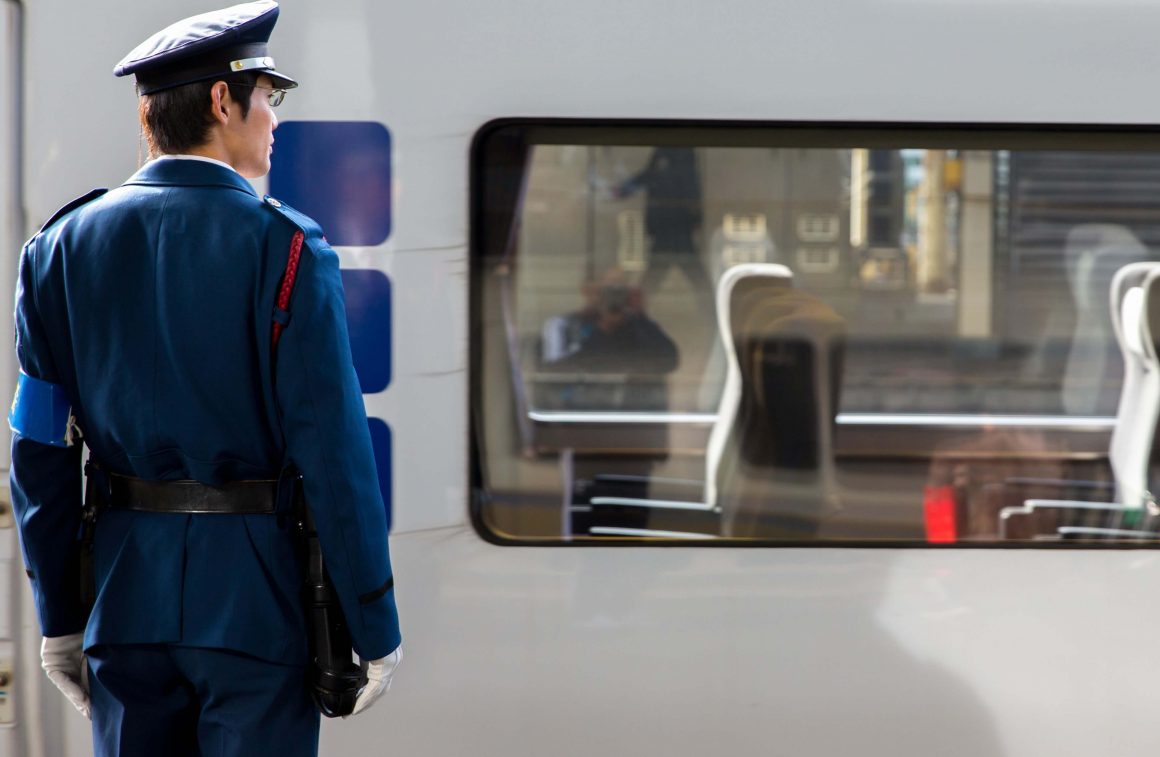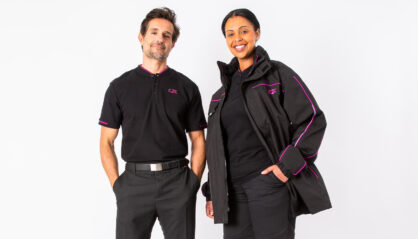Train Services Around the World

Agatha Christie wrote about them, Alfred Hitchcock directed them, and the O’Jays sang about them — yes, we’re talking about trains. First invented in 1804, the humble train, which, initially depended on genuine horsepower to help it negotiate its way through the countryside landscape has developed into one of the eco-friendliest methods of travel in the world. Train uses 30 per cent less energy per mile than a car, and 20 per cent less than planes.
As well as transporting 40 per cent of the world’s total cargo mass, trains service some of the world’s most vital transport links. They are also far more effective modes of transport than a car. London to Edinburgh, a journey that would usually take seven and a half hours in a car, can be done via train in less than four and a half hours.
In this article, we set out to examine some of the different train systems throughout the world and how their service differs. We will also look at what makes a travel experience on the rail stand out, whether it be speed or interior design.
France
France is the largest nation in Western Europe, so it should come as no surprise that their railway system is nothing short of outstanding. The Train a Grand Vitesse (TVG) runs throughout the country at speeds of over 200mph on more than 1000 miles of Ligne a Grand Vitesse (LVG) track. The line links hundreds of cities, towns, and more rural villages throughout the country. Residents of France have enjoyed high efficiency, high speed travel for almost 40 years. The first +200mph train for example, arrived in 1981. The TVG V150 broke the record for the fastest travelling train on any national rail system in 2007, reaching a phenomenal speed of 357.2mph.
The ergonomic design in the inside of the carriage, inspired by Christian Lacroix, creates a comfortable, sleek environment, which sets passengers at ease. Meanwhile, on the upper level, full-length picture windows allow travellers to indulge in the picturesque scenery the nation has to offer.
SNCF, the state-owned railway company in France, have opted for uniforms which offer a formal suggestion, yet similarly promote the national colour palette, combining blue, red, and white. Both female and male workers sport professional blazers, topped with a stylish service cap. While the women complete the look with a versatile cravat, the men keep things simple with a thick red breasted tie.
Japan
Considered to be the most developed railway system is the world, Japan’s transport links are virtually incomparable to anywhere else in the world due to its overarching punctuality. The famous Japanese bullet train, the Shinkansen, was established in 1964. On a journey between Hiroshima and Kokura, over a distance of 119-mile, it averages a speed of 162.7mph. Due to the emphasis of speed on the bullet train, similar rules apply to that of an airplane in regard to luggage. Luggage is limited to two pieces per person, and no more than 30kg per bag.
Inside the carriage on a bullet train there are 90 seats, in rows of five. With 16 carriages connected at all times on one of these mechanical geniuses, for the trains can transport 1,440 people. Disconnected singular seats allow for added comfort, while, the additional perk of having a drink and food trolley move through the aisles means passengers don’t have to vacate their seats.
Disrupting the general Zen atmosphere surrounding relaxation on the train is frowned upon too. Therefore, do not answer your phone while in the carriage as it may disturb people. Similarly, do not place your luggage on the seat next to you — something many of us are guilty of doing in the UK.
Unlike France, which has the state operated SNCF, the system which operates with Japan is slightly different. 80 per cent of the lines in the country are owned by National Japan Railway Groups. The remaining 20 per cent is owned by a range of private companies.
Train service staff in Japan are as sharply dressed as their French counterparts too. Navy four button double-breasted blazers are accompanied by single crease trousers. The look is rounded off with similarly fashioned service caps.
UK
The UK rail system has notoriously lagged behind other major nations in the past few decades. It has had some historic feats though, such as the Mallard Steam train, the world’s fastest steam train, and the stunning stations at the likes of St Pancreas, which offers a gateway to Europe. The UK also has a significant number of halts — 2,566 to be exact. It also plays home to the phenomenal Channel Tunnel, which opened its gates in 1994.
Eurostar, the service which carries passengers from London to Paris, travels at a speed of 186mph, except while travelling through the tunnel, where it slows to 100mph. The carriages focus a considerable amount of detail on comfort and a smooth journey, with lumber supported chairs installed throughout. Staff of the Eurostar wear sleek, unique uniforms, that integrate elegance. The ‘E’ of Eurostar was considered a focus point during the design of the train uniforms, while the iconic yellow and grey tones are of considerable importance in terms of the colour palette.
Obviously, there exist a myriad of differences between train systems throughout the world, and their technology, and reliance on their service plays a significant role in regard to these. The UK, it appears, is due to plough considerable investment into their rail network in the future. This is to chase a vision of both optimum energy use and minimal disruption to services.
For more information regarding the host of bespoke travel uniform options on offer at JSD, contact us today
Sources
https://www.jrailpass.com/blog/japanese-trains
https://www.bbc.co.uk/newsround/21229721





